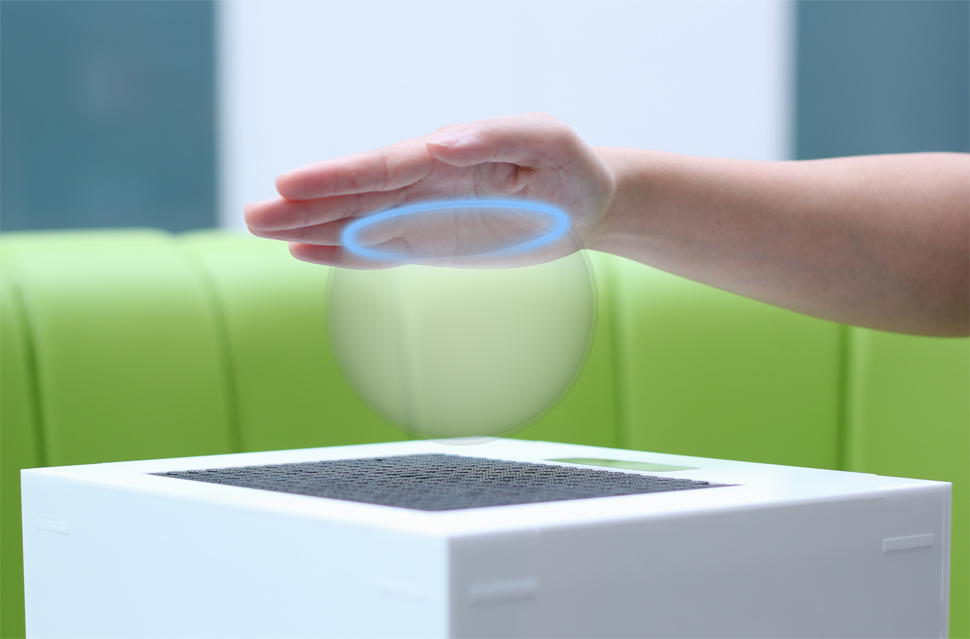
Are you struggling to boot into Safe Mode in Windows 8 or Windows 8.1? Have you tried pressing both F8 and Shift+F8 and they don't work? That's because a lot has changed with the boot procedure in Windows 8 and Windows 8.1. The boot has become so fast that it literally cannot be interrupted by any of your keypresses. Here are 5 ways in which you can boot into Safe Mode, that don't involve any special hacks or manual configuration.
Safe Mode in Windows 8 and Windows 8.1
Safe Mode in Windows 8 and Windows 8.1 is not too different from the Safe Mode found in earlier versions of Windows.
The operating system still loads only the most basic drivers and services, so that it can display a minimal useful interface. The only important difference is that the minimum screen resolution used by Safe Mode has risen from 800x600 pixels to 1024x768 pixels.
1. Use the System Configuration Tool (msconfig.exe) - works in Windows 8 & 8.1
The easiest method for booting into
Safe Mode is to use the
System Configuration tool, also known as
msconfig.exe.
Go to the Boot tab and, in the Boot options section check the box that says "Safe boot". Then, click or tap OK.
You are informed that you need to restart your computer. Click Restart or Exit without restartdepending on whether you want to restart now or later.
At the next restart, Windows 8 and Windows 8.1 start in Safe Mode.
2. Use Shift + Restart - works in Windows 8 & 8.1
Another method is to press the Power button at the Windows login screen or in the Settingscharm. Then, press and hold the SHIFT key on your keyboard and click Restart.
Windows asks you to choose an option. Press Troubleshoot.
In the Troubleshoot screen, press Advanced options.
In the Advanced options screen, press Startup Settings.
You are informed that you are about to restart in order to change several Windows options, including enabling Safe Mode. Press Restart.
Your computer or device restarts again and displays nine startup settings, including Safe Mode, Safe Mode with Networking and Safe Mode with Command Prompt
Press the F4 key on your keyboard, to enable Safe Mode, F5 to enable Safe Mode with Networking and F6 to enable Safe Mode with Command Prompt. Windows 8 and Windows 8.1 now boot according to the setting you selected.
3. Boot from a System Recovery CD/DVD - works only in Windows 8
Once you have that disc created, boot from it. When asked to press any key to load its content, do so.
First, you are asked to choose your keyboard layout. Press the layout you want to use. If you want to browse through the available options, press "See more keyboard layouts" until you find the one you want to use.
Then, the Choose an option screen is shown.
From here on, the steps are identical to those shown for method 2.
4. Boot from a System Recovery Memory Stick - works in Windows 8 & 8.1
Boot from the USB memory stick and follow the same instructions as in method 3.
5. Use F8 or Shift + F8 (doesn't work when using UEFI BIOS & SSDs)
In Windows 7, you were able to press F8 just before Windows got loaded, to open theAdvanced Boot Options window, where you could choose to start Windows 7 in Safe Mode.
Some websites advise you to press Shift+F8, just before Windows 8 or 8.1 starts loading so that you make it start the recovery mode, from where you can boot into Safe Mode. The problem is that, most times, Shift+F8 and F8 don't work, even though they are correct commands, supported by Windows 8 and Windows 8.1.
This official blog post from Microsoft (
Designing for PCs that boot faster than ever before) explains that this behavior is caused by their work in designing a very fast boot procedure. Both Windows 8 and Windows 8.1 have the fastest boot times ever. To quote Steve Sinofsky:
"Windows 8 has a problem – it really can boot up too quickly. So quickly, in fact, that there is no longer time for anything to interrupt boot. When you turn on a Windows 8 PC, there's no longer long enough to detect keystrokes like F2 or F8, much less time to read a message such as "Press F2 for Setup." For the first time in decades, you will no longer be able to interrupt boot and tell your PC to do anything different than what it was already expecting to do."
If you have modern PC with a
UEFI BIOS and a fast SSD drive, there's no way you can interrupt the boot procedure with your keypresses. On older PCs, with a classic BIOS and no SSD drive, pressing these keys might still work though.
Conclusion
I hope you found this guide useful. If you know other ways you can make Windows 8 or Windows 8.1 boot into Safe Mode, don't hesitate to share them via the comments form below. Many readers will find them useful.




















